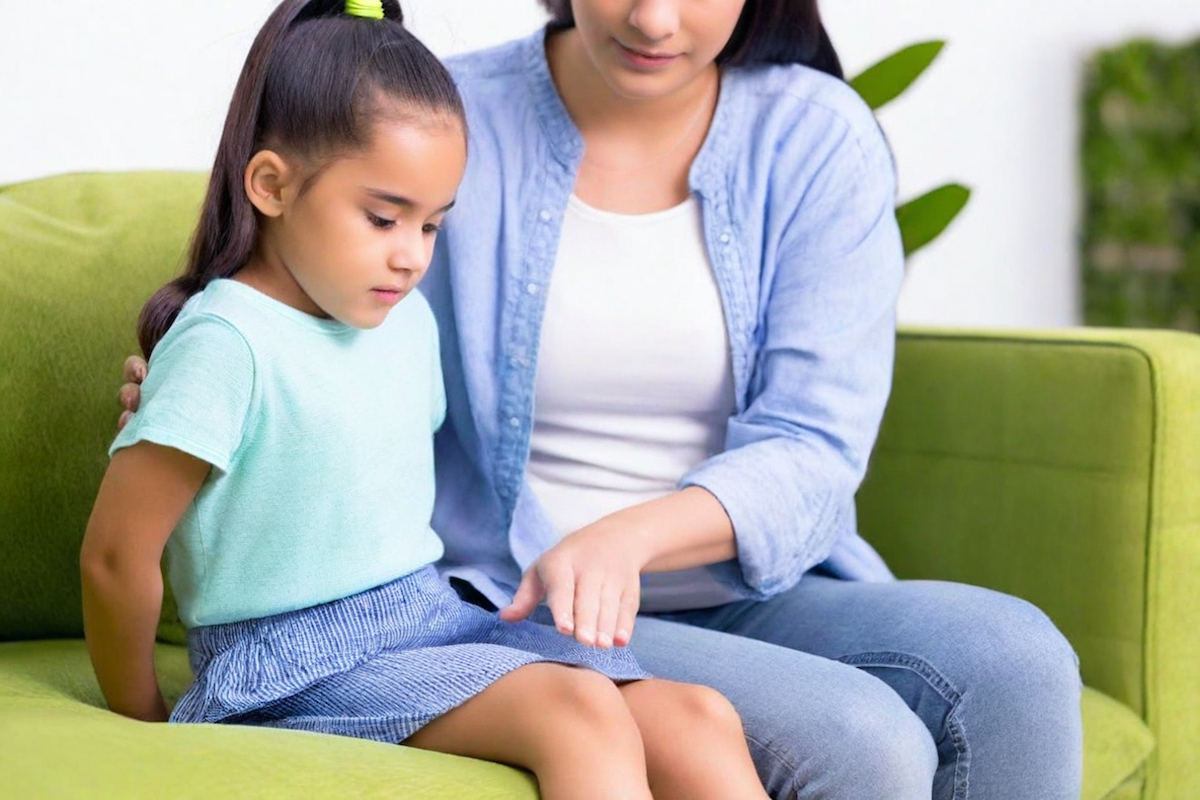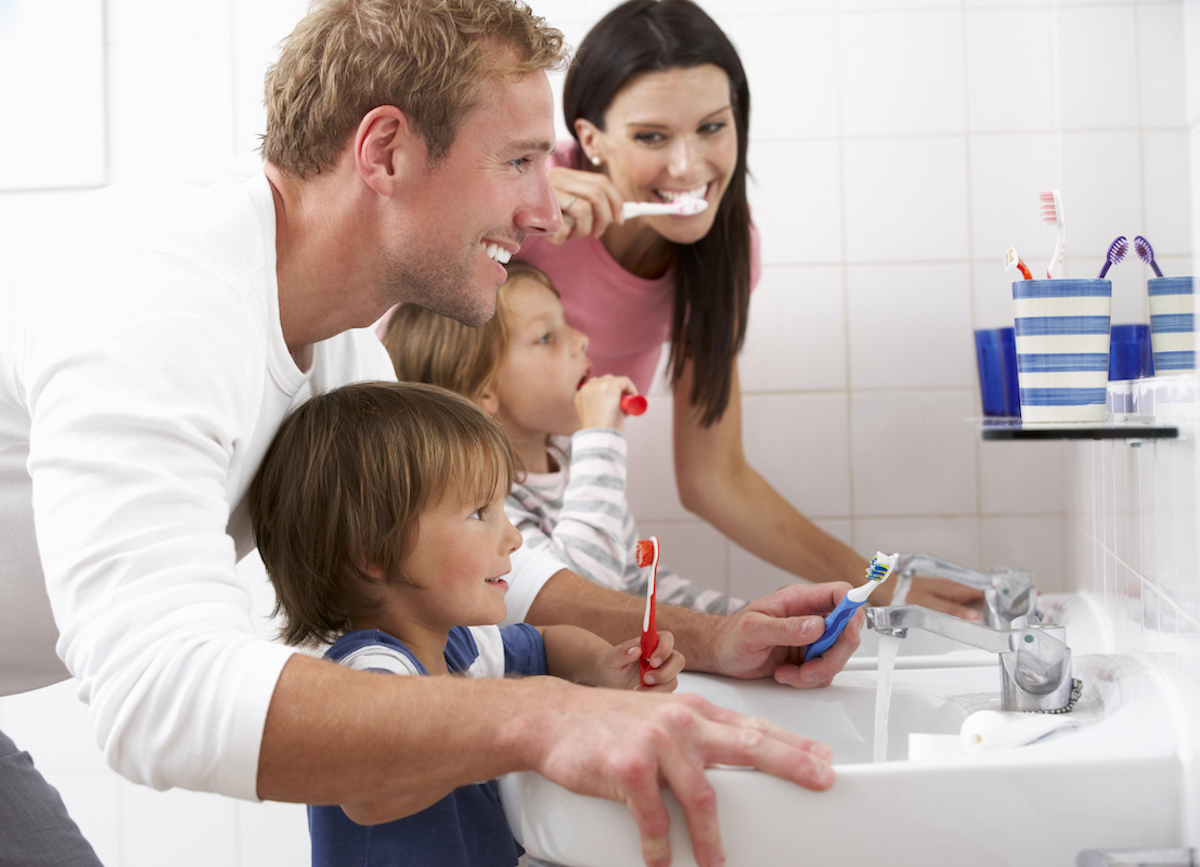It’s a common worry for many parents: your child wakes up in the middle of the night crying, complaining of sore legs. You check for bumps, bruises, or signs of illness but find nothing obvious. What could it be? The answer is often something called growing pains — also known as Benign Nocturnal Limb Pains — which affect many young children and, although unsettling, are usually harmless.
Here is what you need to know:
What Exactly Are Growing Pains in Children—and Why Do They Happen?
Growing pains are generalised aches or discomfort that most commonly occur in the legs of young children. These pains usually affect the muscles rather than the joints or bones. Typically, children feel it in the:
-
Calf muscles (the back of the lower leg)
-
Behind the knees
-
Front of the thighs
They tend to appear during the late afternoon or evening, often after a busy, active day full of running, jumping, and play. Sometimes, these aches can even wake a child from their sleep, which understandably causes concern for parents.
Despite the name, growing pains aren’t directly caused by bones growing too fast. Instead, they are believed to result from muscle strain and fatigue as the muscles and bones adjust and adapt during a child’s growth spurts.
Why Do Kids Get Growing Pains?
It is thought that growing pains are due to muscle strain and fatigue, linked with the muscle and bone changes that occur with growth. As children grow, their muscles and bones adapt and develop, sometimes causing this kind of discomfort.
How Do You Know If It’s Growing Pains?
Children with growing pains are generally healthy and active. The diagnosis is made by observing typical symptoms and by excluding other causes that might need medical attention.
Here’s what to watch for to feel confident it’s just growing pains:
-
The child is otherwise well and happy during the day
-
Pain usually happens in the muscles, not in one specific joint
-
No redness, swelling, or warmth around painful areas
-
No limping or weakness
-
Pain is mostly in the evening or night, not early morning
-
No fever, tiredness, or general unwellness
If your child has any of the following, it’s important to get a thorough check-up:
-
Persistent pain that doesn’t improve
-
Pain in one specific joint
-
Swelling, redness, or warmth in a joint
-
Limping, weakness, or difficulty walking
-
Fever or signs of illness
-
Morning stiffness or pain
Your child’s doctor can help determine whether further tests or treatments are necessary.
How Can You Help Your Child Feel Better?
There’s no specific cure for growing pains, but many simple, comforting strategies can provide relief:
-
Education and reassurance: Understanding that these pains are common and not dangerous can help calm both parents and children.
-
Symptomatic relief: Gentle leg massages or applying warmth such as a warm bath or a heat pack can soothe sore muscles.
-
Prevention: Stretching muscles before bed may reduce the chance of pain appearing overnight.
-
Pain relief: When needed, appropriate doses of paracetamol or ibuprofen can ease discomfort — always follow dosing instructions and check with your doctor if unsure.
🩺 When It’s Not Growing Pains — Signs to See a Doctor
If you notice any of the worrying signs below, don’t hesitate to seek medical advice. It’s always better to be safe and get reassurance from a healthcare professional:
-
Persistent or worsening pain
-
Pain limited to one joint
-
Redness, swelling, or warmth in the affected area
-
Limping, weakness, or difficulty walking
-
Fever, tiredness, or general unwellness
-
Morning pain or stiffness
Your child’s doctor will be able to assess and, if necessary, arrange further investigations to rule out other causes.
Simple Tips to Support Your Child Through Growing Pains
-
Create a calm bedtime routine: A warm bath followed by gentle leg stretches can help relax muscles.
-
Use a heat pack: Applying a warm (not hot) heat pack for 15 minutes can ease muscle soreness.
-
Massage gently: Soft circular motions on the calf, thighs, or behind the knees can provide comfort.
-
Provide reassurance: Explain to your child that growing pains are common and usually go away as they grow older.
-
Maintain a healthy activity level: Encourage regular physical activity but avoid over-exertion.
Did You Know?
-
Growing pains are estimated to affect up to 40% of children aged 3 to 12.
-
They are more common in active children who run and play a lot.
-
Most children outgrow them by their early teens.
Growing pains can be tough for both children and parents, but with the right knowledge and gentle care, they become just another part of growing up. Always trust your instincts—if you’re unsure, a quick chat with your child’s doctor can provide peace of mind.
RESOURCES:
https://arthritisaustralia.com.au/types-of-arthritis/growing-pains-benign-nocturnal-limb-pains-bnlp/
Disclaimer: The content in this article is not intended to constitute or be a substitute for professional medical advice, diagnosis or treatment. Always seek the advice of your doctor or other qualified health care professional. Moreover views expressed here are my own and do not necessarily reflect those of my employers or other official organisations.
Dr Lexi Frydenberg
General Paediatrician
Instagram:@drlexifry









